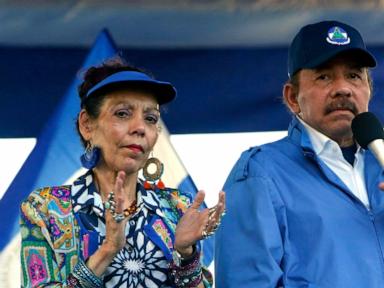ARTICLE AD BOX

- EIP-7907 proposes raising Ethereum’s smart contract size limit to 256 KB, enabling more complex dApps and innovations.
- To prevent abuse, contracts over 24 KB will incur extra gas fees, aligning scalability with network resource fairness.
Ethereum is preparing for a significant step in its development roadmap with the proposed EIP-7907. The upgrade, titled “Meter Contract Code Size And Increase Limit,” is part of Ethereum’s upcoming Fusaka hardfork, scheduled for late Q4 2025. The upgrade aims to change how developers interact with the network by lifting a long-standing barrier on smart contract size.
EIP-7907 would raise the contract size ceiling from its current limitation to 256 kilobytes, a substantial increase that can allow more complex applications to be deployed. The change doesn’t simply open the door to heavier contracts but does so in a way that preserves network stability. Contracts larger than 24 kB will now incur a charge of two gas per word, a solution meant to balance freedom and security.
The upgrade could dramatically broaden what’s possible on Ethereum by clearing a limitation many found increasingly outdated. It also introduces a metered system that prevents misuse by charging for the extra network resources large contracts consume.
Ethereum’s EIP-7907 Shifts Contract Limits
The author of the proposal, Charles Cooper of Beacon Exchange, explained the philosophy behind the change:
This EIP proposes a gas-based solution that allows contracts of any size while ensuring that users loading very large contracts pay gas proportional to the additional resources they consume. This approach aligns with Ethereum’s gas model philosophy of paying for the resources consumed.
Developers have long wanted more freedom in contract design, and the introduction of this gas-based model is intended to deliver that flexibility without compromising performance. EIP-7907 isn’t just a technical tweak—it represents a major change in how Ethereum will scale developer opportunities going forward.
Ethereum developers voiced both relief and criticism at the pace of the update’s arrival. One developer remarked:
Devs about to drop monoliths like it’s 2017 again […] Better than never but years too late.
Looking Ahead: Fusaka and Beyond
Currently, EIP-7907 sits in the “Considered for Inclusion” list for the Fusaka upgrade, also referred to as Fulu-Osaka. While not finalized, its presence on this list means it is very likely to be activated when the hardfork goes live toward the end of 2025.
This isn’t the only upgrade Ethereum has on its plate. Right now, the Pectra hardfork—short for Prague-Electra—is also drawing attention. Despite technical hiccups during activation on testnets like Sepolia and Holesky, it was successfully deployed on the purpose-built Hoodi test network.
For Pectra, developers are looking at May 2025 as the most optimistic window for its mainnet launch. However, Fusaka and its headline proposal, EIP-7907, are setting the tone for what could be the most impactful stage of Ethereum’s roadmap this year. Following the announcement, Ethereum gained 7% at the current price of $1,700.
.png)
 3 hours ago
1
3 hours ago
1








 English (US)
English (US)